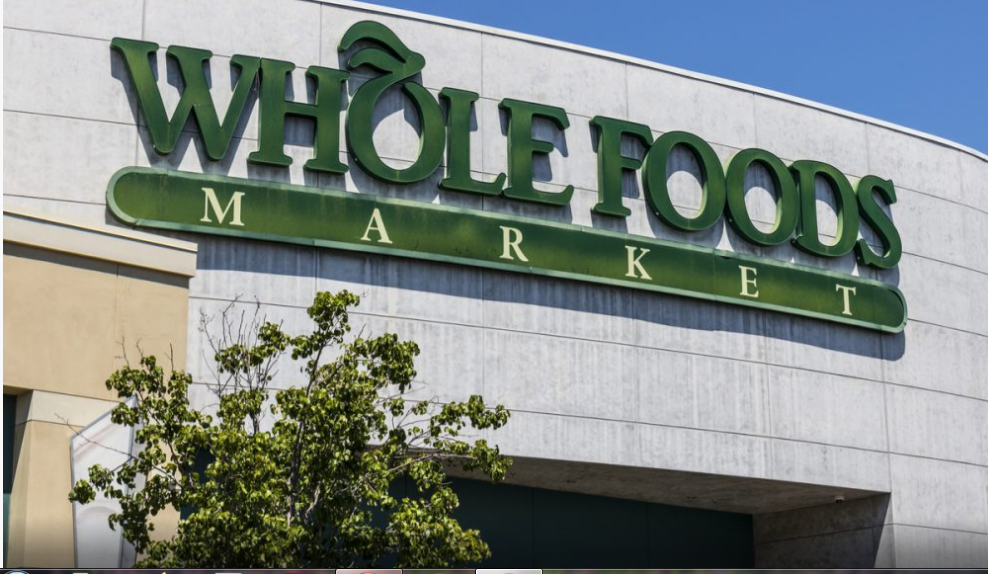
Over the past year, Amazon has increased its focus on sales of food and beverage, the lone category where it seriously lags behind Walmart, but those efforts have yet to make an impression in the retail giants’ food fight.
Though Walmart has fallen slightly from a fourth quarter high of over 20%, it still has a nearly 10-to-1 lead over Amazon, which failed to move the needle even during a pandemic that forced shoppers inside and accelerated adoption of eCommerce across nearly every sector.
In the past several years, in fact, the biggest increase in Amazon’s share of grocery sales happened between 2017 and 2018 when it acquired Whole Foods. That one percentage point bump, however, is all the eCommerce giant has gotten on an annual basis despite also opening its own grocery storefronts in recent years.
Food and beverage is a critical category for Walmart, accounting for 56% of all sales made in the second quarter; for Amazon, grocery made up just over 5% of sales.
To be sure, Amazon has been ramping up its efforts in the space, opening several Amazon Fresh locations across the U.S. and adding a full-scale grocery store in the Seattle area earlier this year. The company last week also said it would be introducing Just Walk Out technology at two new Whole Foods locations slated to open next year, expanding the use of the technology and potentially bringing more people into stores at a moment when delivery and curbside pickup remain customers’ preferred shopping methods.
Related: Amazon to Pilot 'Just Walk Out' Tech at Whole Foods Locations
And looking just at digital grocery sales, Amazon appears to have a growing advantage. In the second quarter of 2020, the company saw approximately 28% of eCommerce food and beverage purchases; in the same period this year, Amazon has a 33% share.
Walmart Worries
This, perhaps, is part of the reason why it was reported earlier this year that Walmart is beginning to sweat the competition. A leaked 100-page memo, which Walmart distributed to advertisers in February, pointed to data showing that consumers have been choosing competing grocers more often and choosing Walmart less often.
Last month, though, executives told analysts and investors that Walmart’s grocery sales increased 6% in the second quarter; according to PYMNTS data, food and beverage sales at the box store giant increased by $4.1 billion year-over-year and $9.4 billion compared to 2019.
“We’ve seen some inflation in the low single digits,” John Furner, president and CEO of Walmart U.S., said on a conference call. “But the thing I watch, that I think is most important, is that we see our unit share in categories like food growing faster than our dollar share, to ensure that we can position ourselves well in terms of retail value for the customer and play a role in keeping inflation down for the country.”
Walmart has embarked on a series of partnerships to meet grocery shoppers where they are, including a collaboration with media giant Meredith Corp. to create shoppable ads that allow consumers who interact with content to add ingredients directly to their Walmart shopping carts. The companies will also design a “shoppable bookazine” of 30-minute meals and a series of shoppable Allrecipes videos on TikTok, among other features.
But even as Walmart and Amazon both expand food and beverage offerings, other grocers are looking to adopt some of the qualities that have made them successful. Albertsons, for example, said last month it would be overhauling its digital offerings with a new app, a new loyalty program and a new eGrocery subscription service.





















